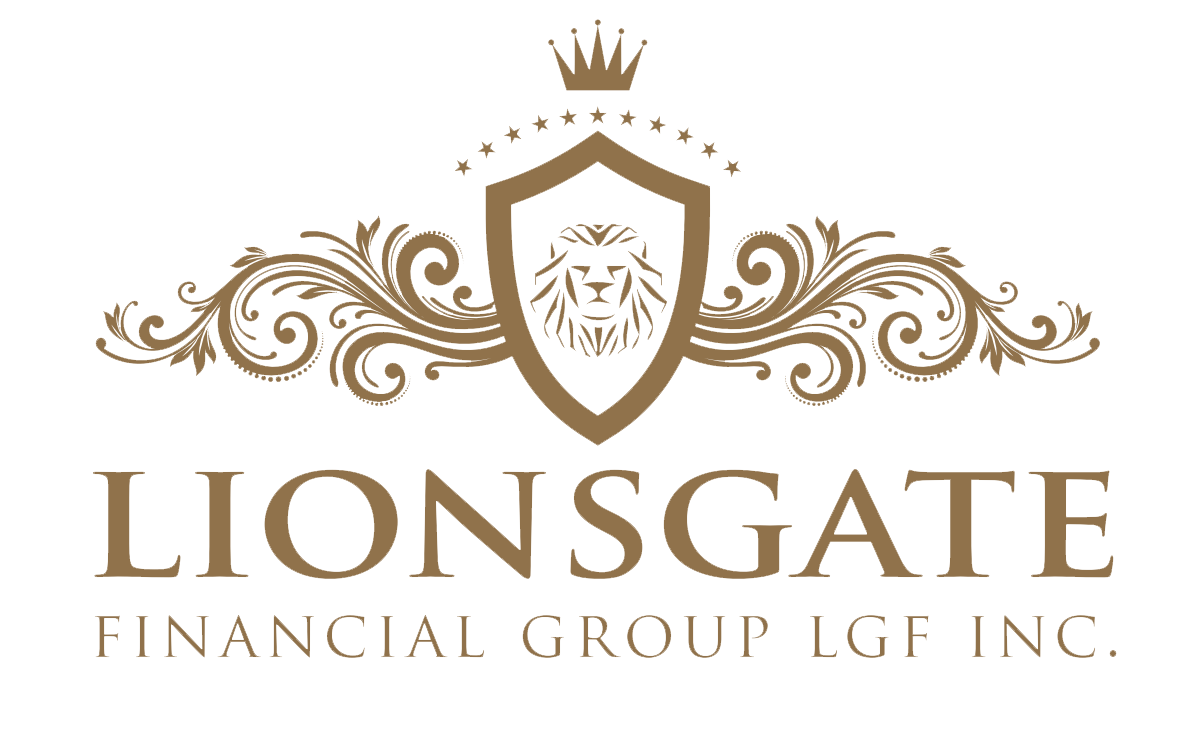During the early days of the mortgage business, brokers would require a lot of paperwork…

Leasehold Improvements in Canada Guide
Now you can listen to our blog, “Leasehold Improvements in Canada Guide” while on the go.
Working from home may be comfortable for many, but a professional customized space to call your own is amazing, to say the least. If you too own a business and want to grow your operation, you need an office space. So, if you require office space to expand your team’s working experience, this guide is for you.
First and foremost, know that process of finding new office space can be an exciting, but daunting experience. It is even more adventurous when you factor in leasehold improvements. Leasehold improvements are what make the space uniquely yours. For instance, the colour of paint, furnishing, and special equipment are identical to your brand identity. Continue reading if you want to learn more about leasehold improvements, their advantages and what you need when proceeding with leasehold improvements.
Leasehold Improvement: What is it?
When a business leases an office, they will want to customize the area for their unique needs. These customizations are known as leasehold improvements. It can be as small as changing the lighting or as large as installing specialized equipment. Following are the examples of leasehold improvements particular companies may want.
- Private offices or conference rooms would be ideal for an accounting business to discuss confidential concerns with clients.
- To store carpet, tile, paint, and other samples, an interior design firm would need a lot of storage.
- A restaurant would require cooking equipment as well as food storage space.
Keep in mind that leasehold improvements and building improvements are not the same things. A building upgrade is something that helps everyone who lives, works, or rents space in the structure. A leasehold improvement is something that solely benefits a certain space’s tenant.
Pros and Cons of Leasehold Improvements
Leasehold improvements are helpful in many aspects of business, but they also come with a few drawbacks. Below are some of the most common advantages and disadvantages of leasehold improvements.
Advantages
- Make the room to suit your needs: Every company has its own set of requirements. The only option to tailor your rental space to match your needs is to make leasehold improvements.
- Boost the quality of your company: Your staff and clients will be happy if your office space is professionally planned, comfortable, and practical, which will improve the quality of your business.
Disadvantages
- Operations are disrupted due to unanticipated delays: It’s impossible to make leasehold improvements overnight. Unexpected delays can cause scheduled activities to be disrupted. Furthermore, leasehold improvement decisions divert time from operations.
- Financing: Depending on your leasehold improvement plans and budget, you may require financing, which, depending on your situation, may be difficult to get and manage.
- Improvements are frequently long-term: In general, leasehold upgrades should be viewed as a one-time, non-refundable expense. The enhancements you make once you spend the money are permanent and cannot be taken with you when you leave the leased space.
Should You Get Leasehold Improvements?
Before making any major financial decisions, it’s important to think about your existing financial situation, budget, and ambitions. To get a better view of the problem, write down all of your needs and ambitions, as well as the associated costs. It may be easier to make a final conclusion if you’ve visualised and conceptualised what’s going on. Whether leasehold improvements are a smart idea for you is entirely dependent on your circumstances. Remember that what’s best for your company might not be best for someone else’s!
Leasehold Improvement FAQs
If you are in a process of obtaining a lease for your business, you may have a lot of questions unanswered. So, we have compiled a list of frequently asked questions to help you understand the process better.
Who Pays for My Leasehold Improvements?
Unfortunately, the solution to this issue is not black and white. When you’re getting ready to sign a lease, one of the topics you’ll discuss with the landlord is who pays for leasehold renovations. Frequently, landlords will offer their tenants a ‘leasehold improvement allowance,’ which is just a specific amount they agree to pay. You will be responsible for any additional costs incurred if the improvements you seek cost more than allowed.
Is There Any Tax on Leasehold Improvement Costs?
Leasehold improvements are considered an asset by the Canadian Revenue Agency (CRA). The majority of assets are eligible for depreciation or capital cost allowance, which is a comparable charge (CCA). Depreciation has the advantage of being deductible for tax purposes. Your taxes will be reduced if you deduct as much depreciation as possible. For tax purposes, keep thorough records and invoices of all leasehold improvements you make. Use your records to calculate CCA when filing your taxes.
Is There Any Way to Keep Leasehold Improvement Costs Low?
The more changes a space requires, the more money you’ll spend on leasehold upgrades. Try to choose a space that requires as few alterations as possible to keep your leasehold improvement expenditures minimal. Begin by looking for areas that have been used for comparison purposes to yours. Also, try to avoid new construction because it often necessitates basic work such as electrical wiring, plumbing, and drywalling before you even consider furniture, lighting, and painting expenditures.
Finally, keep in mind that unless it’s something transportable like furniture, you won’t be able to make leasehold improvements with you. Even if you have a large budget for your area, it’s best to keep costs modest and save your money for other things because costs cannot be refunded.
The Bottom Line
At Lionsgate, we specialize in helping people get the extra cash they need, obtain funding for private mortgages, as well as for other real estate transactions. If you are looking to buy land in Canada, get a mortgage or apply for a loan, fill out the form below. Or, You can leave us a message and we will try to connect you with local lenders and sources that best meet your needs.
If you found this article helpful, please share it on your timeline and with someone you care about. Also, visit our blog to read similar helpful articles on finance, real estate, and getting mortgages.




